Report >> |
8. Patients who died
| Key findings |
| Introduction |
| Appropriateness of referral |
| Clinical management of cases |
| Supervision of cases |
| Assessment of cases |
| Recommendations |
Supervision of cases
These findings, although of great concern, are not surprising. Such deficiencies in the ability of junior doctors have been demonstrated previously 31. The past two years have seen an unprecedented and rapid change in established working patterns, driven by the imperative to meet the European Working Time Directive and compounded by the changes in training set out in the Chief Medical Officer's report Unfinished business 32 and in the Department of Health's response Modernising medical careers 33. Shift work and fragmentation of the team due to the reduction in junior doctors' hours have led to poor continuity of care for patients and a loss of learning opportunities for trainees. The product of many of these changes is that junior medical staff are less able to manage the demands of acutely unwell patients. It is therefore vital to develop strategies such as outreach services and critical illness
education packages that can bridge the deficiencies highlighted 34.
| Case study |
| A patient in their late seventies presented as an emergency admission with a history of productive cough and breathlessness over the preceding 48 hours, associated with a high temperature and rigors. There was no past history of chest disease. A presumptive diagnosis of community acquired pneumonia was made. On admission notable findings were signs of consolidation at the base of the right lung, hypoxia on room air (SpO2 64%) and on oxygen (SpO2 89% on 15 l/min via rebreathing mask), tachycardia (135 beats per minute) and neutropenia. An arterial blood gas performed 12 hours after admission revealed a PaO2 of 6.6 kPa on high flow oxygen. Over the next 24 hours the patient became more hypoxic and tachypnoeic. No consideration was given to the use of invasive or non-invasive ventilation in the setting of worsening hypoxia. The patient suffered a cardiac arrest 36 hours after hospital admission. After resuscitation the patient was transferred to ICU where death occurred 72 hours later. The diagnosis was subsequently confirmed to be pneumococcal pneumonia. This case highlights the inappropriate use of oxygen therapy, since the plan that was followed did not relieve the profound hypoxia, and eventually led to cardiac arrest. In addition, it highlights the lack of appreciation of severity of illness and clinical urgency. |
Other aspects of care that were assessed were ability to seek advice from senior doctors, appreciation of clinical urgency, clinical knowledge, organisational aspects of care and supervision. The findings are shown in Figures 6 to 10.
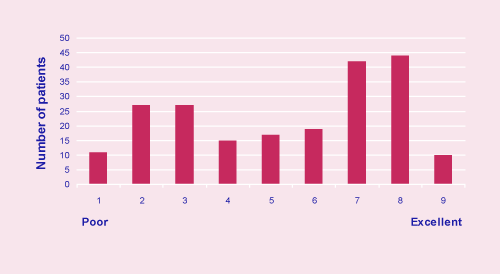
Figure 6. Ability to seek advice from senior doctors n=212
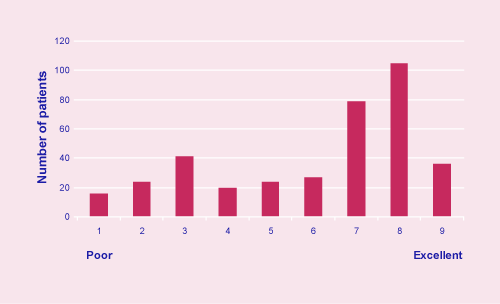
Figure 7. Appreciation of clinical urgency n=372
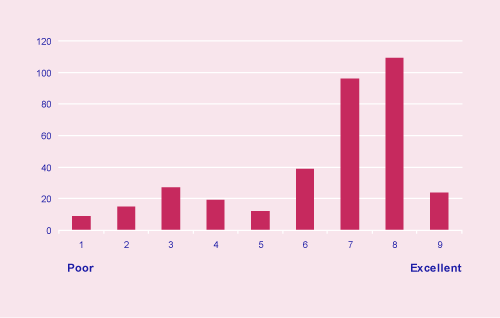
Figure 8. Clinical knowledge n=350
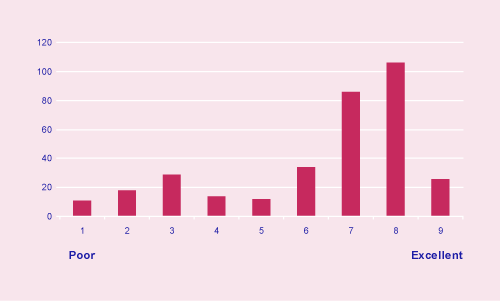
Figure 9. Organisational aspects of care n=336
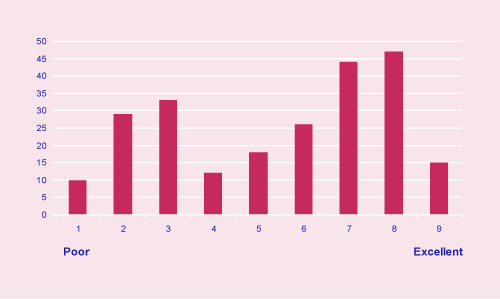
Figure 10. Supervision n=234
The most worrying domains were ability to seek advice, appreciation of clinical urgency and supervision; 30%, 21% and 28% of cases were rated at the very poor end of the spectrum (Grades 1-3). NCEPOD has previously recommended that surgical and anaesthetic trainees should readily seek senior advice and not operate unsupervised at night 21. Similar recommendations for senior input have been made for patients with major trauma 35. However, few reports or recommendations regarding consultant input are available for the care of medical patients. As can been seen in this report there was a significant problem in seeking advice and consultant supervision. It appears that junior doctors in medicine are often providing care that would be improved by greater consultant input and supervision.
| Case study |
| A patient in their early thirties was admitted following a significant overdose of coproxamol and codeine. They presented to hospital at 10:00 hrs and were combative and non-compliant with examination or investigation, and their Glasgow Coma Score was estimated to be 14. The patient was given haloperidol to try to manage their aggressive state. Over the next 12 hours they remained agitated and difficult to assess. At 23:00 hrs they were noted to be drowsier (GCS estimated at nine) and blood was eventually taken which revealed toxic quantities of paracetomol but no therapy was instituted due to their continued combative manner and lack of intravenous access. The medical SHO discussed the problem of agitation with the medical SpR who stated he would review soon. Over the next hour the patient started making tonic-clonic movements which were assessed by the SHO as not representing seizures. No further review or intervention occurred until two hours later when the patient was noted to be apnoeic and pulseless. After a prolonged resuscitation the patient was transferred to ICU, where they subsequently died. This was a very difficult case to manage and the junior doctors found great difficulty in coping with an aggressive patient with a life-threatening, but entirely reversible, condition. There was no consultant physician input in this case, highlighting the problems of the failure of junior doctors to seek support and lack of consultants actively managing the acute medical take and supporting their medical team. |
| Case study |
| An elderly patient was admitted as an emergency under the care of the physicians with a history of shortness of breath and palpitations. Colonoscopy and biopsy had been performed five days earlier as an outpatient. They were admitted to the medical assessment unit and treatment was started for a supraventricular tachycardia. There was no previous history of heart disease. Despite rate control the patient remained unwell, the predominant feature being tachypnoea and hypotension. They remained on the ward for five days with clear deterioration in cardiovascular, respiratory and renal function. At no time did a consultant physician review the patient. Abdominal pain became a feature of their illness on the fifth day after admission. The surgical SpR opinion was that there was peritonitis secondary to perforation of a viscus. The patient was transferred to ICU to allow optimisation of their condition prior to any surgical intervention. However, due to continued deterioration in the face of supportive care a laparotomy was felt inappropriate and the patient was allowed to die “peacefully”. The intensive care questionnaire states “not been seen by a consultant physician despite being on medical ward for five days”. Elderly patients with critical illness have a very high mortality. Early recognition and intervention is essential. The lack of consultant input in this case is worrying. In addition there was no outreach service in this hospital, which may have allowed earlier identification and management of the problems. |